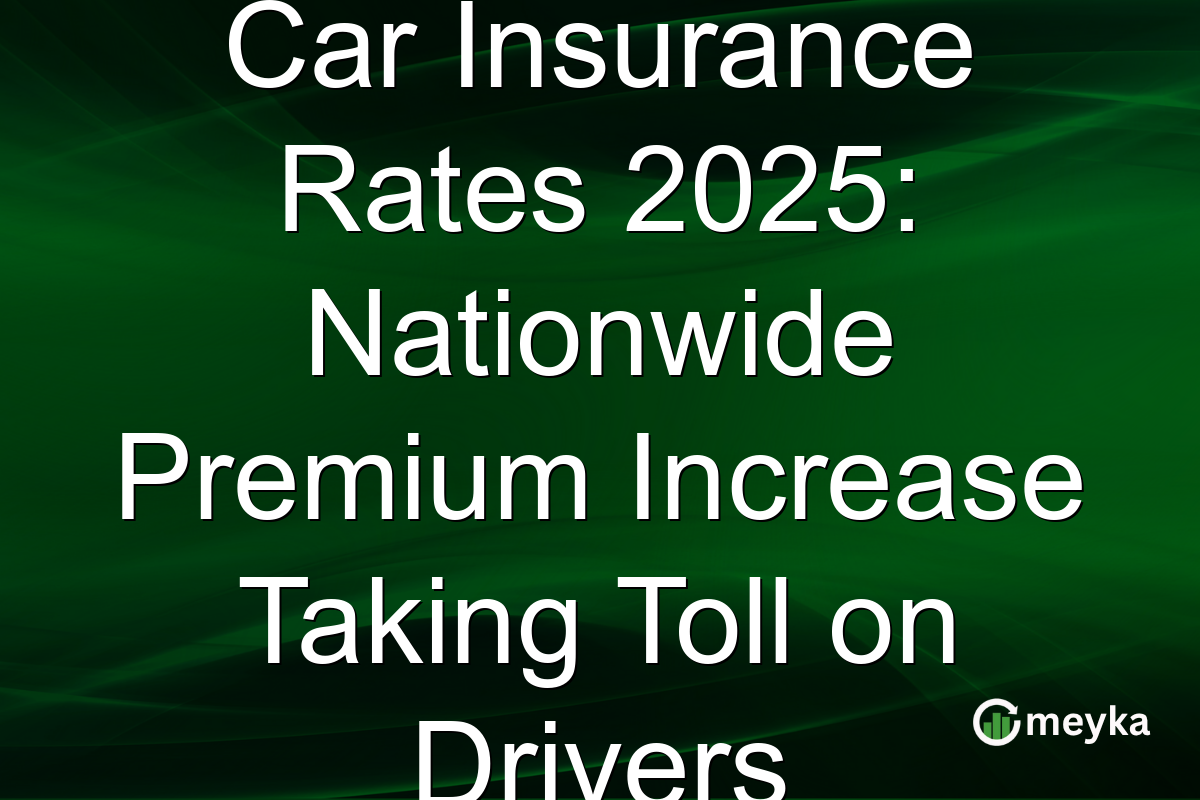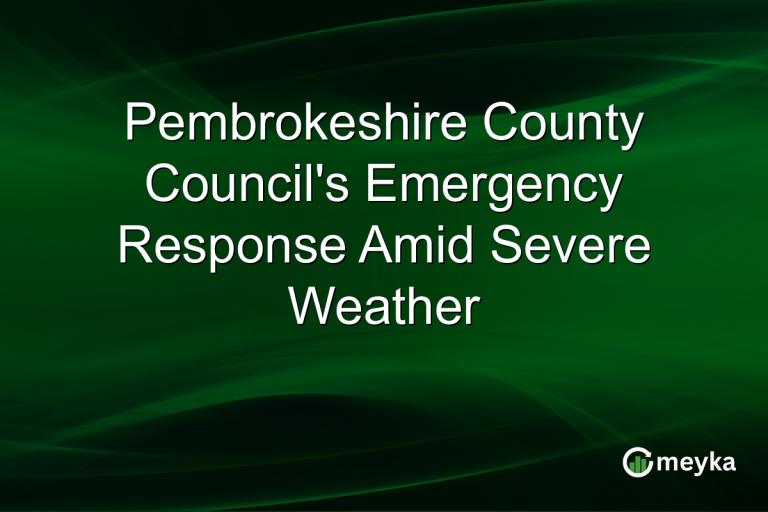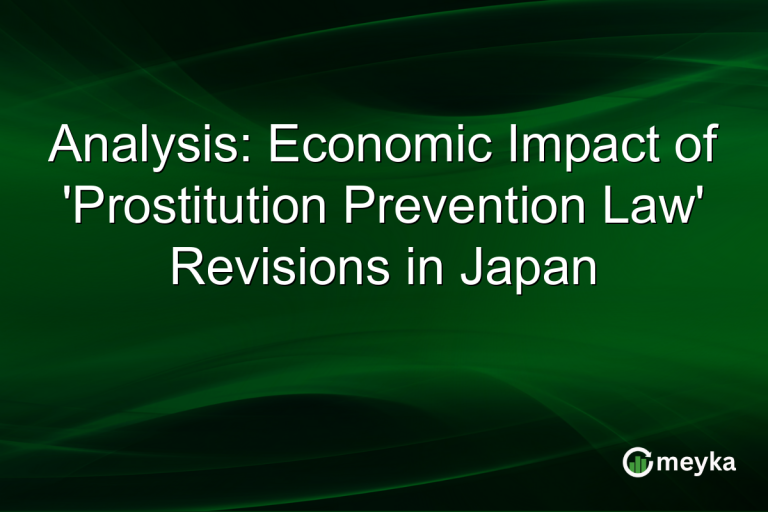Car Insurance Rates 2025: Nationwide Premium Increase Taking Toll on Drivers
Car insurance rates in 2025 are climbing sharply across the United States, leading many drivers to reevaluate their coverage options. Recent industry reports highlight a significant spike in premiums. The reasons for this trend are complex, involving inflation in auto repair costs, greater claim frequency, and supply chain disruptions. As we explore these factors, it’s clear this increase has far-reaching implications for both consumers and insurance companies.
The Rising Costs Behind Auto Insurance Premiums
A primary driver of the current surge in car insurance rates is inflation in auto repair expenses. According to a recent analysis from sources like CNBC, repair costs have increased dramatically due to more sophisticated vehicle technology and rising labor costs. Since 2023, these expenses have risen by an average of 10% annually, significantly impacting premiums. Another contributing factor is the increased frequency and severity of claims. Accidents have grown more costly, partly because modern vehicles often require specialized parts and repair techniques. Bloomberg reports that the average claim cost has surged by around 12% from the previous year, pushing insurers to adjust their pricing models. Lastly, supply chain disruptions contribute to this financial strain. Delays in obtaining necessary parts extend repair times, resulting in higher costs and prolonged vehicle downtime. These elements combined have necessitated a reevaluation of rates, leading to what many insurers describe as a ‘perfect storm’ of challenges in 2025.
Impact on Consumers
The impact of rising car insurance rates in 2025 is particularly burdensome for consumers, affecting household budgets nationwide. Higher premiums mean that many drivers face tough decisions about their insurance options. For some, this means opting for higher deductibles to lower their monthly costs. Others might consider reducing coverage levels, although this poses risks if involved in an accident. According to data from Yahoo Finance, the average annual premium increased by 15% this year, adding approximately $200 to $300 to individual policies. These adjustments come at a challenging time, with inflation affecting various aspects of living expenses. As utility bills and groceries also grow more costly, many families find their financial planning challenged. Understanding these dynamics is essential for those navigating the current insurance landscape.
Challenges for Insurers
Insurers aren’t left unscathed by the rising car insurance rates of 2025. As underwriting costs climb, profitability margins are tightening for many companies. The insurance market is subject to fierce competition, and raising premiums can lead to customer attrition. In response, insurers are investing in technology to streamline claims processing and improve customer experience. Many are turning to advanced analytics to better assess risk and price their products more competitively. According to industry insights, implementing AI-driven solutions is becoming more prevalent, helping insurers optimize their operations and maintain financial stability. However, these efforts require significant investment. Balancing the costs of technological upgrades with the need to remain competitive creates a challenging operational environment. As mentioned in a Bloomberg report, this balancing act will likely continue to shape strategies through 2026.
The Road Ahead
Looking forward, car insurance rates in 2025 are expected to stabilize, but not before potentially reaching even higher peaks during the current year. According to experts, the insurance sector must brace for ongoing disruptions while innovating and adapting to market demands. For consumers, staying informed and exploring alternative coverage options is crucial. Comparing multiple providers and considering discounts or bundled packages can mitigate the financial impact. Insurers, on their part, must leverage predictive analytics and tailored products to meet diverse customer needs. Overall, both policyholders and insurers will need a strategic approach to navigate this volatile landscape effectively, as indicated by recent industry analysis. As we move forward, continuous monitoring and adaptation will be key to managing these challenges successfully.
Final Thoughts
As we address the challenges surrounding car insurance rates in 2025, the importance of strategic planning is clear. For consumers, staying informed and exploring various options remains essential. Insurers must innovate and adapt to thrive despite these obstacles. Platforms like Meyka, offering insights and predictive analytics, can be invaluable for navigating this complex market. Keeping an eye on trends will help drivers and companies align their needs and capabilities, ensuring resilience in this evolving financial landscape.
FAQs
Car insurance rates in 2025 are rising due to inflation in auto repair costs, increased claim frequency, and supply chain disruptions, as reported by industry experts.
Consumers can manage higher premiums by comparing providers, considering higher deductibles, or bundling insurance policies for discounts, as advised by financial analysts.
Insurers are investing in technology, like AI and predictive analytics, to optimize operations and better assess risks, ensuring competitive pricing and customer retention.
Disclaimer:
This is for information only, not financial advice. Always do your research.






